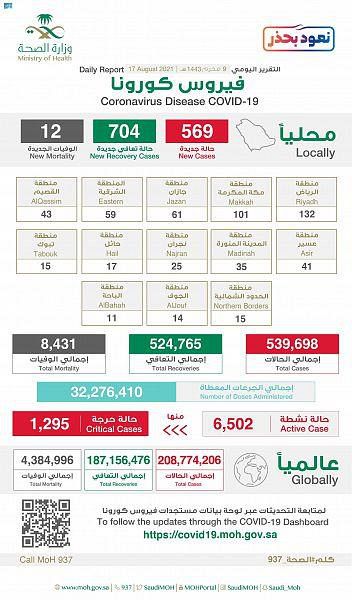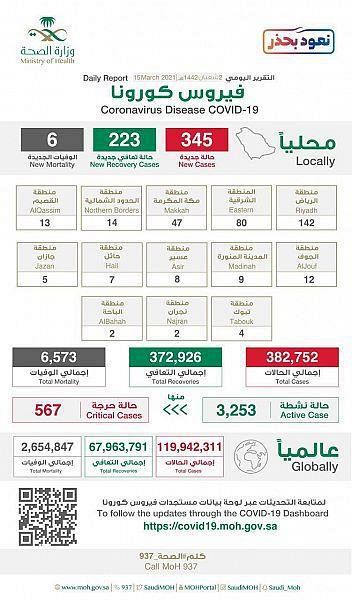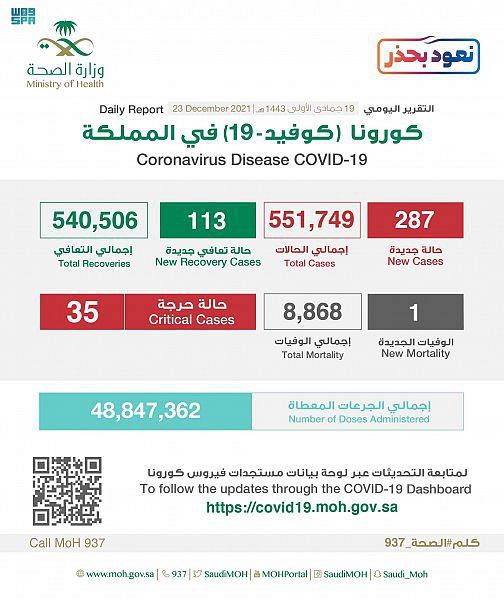
Covid infection rates among doctors, nurses, and other hospital and care home staff have risen more than fivefold over the past month in London, scientists have discovered. The figures – provided by the Francis Crick Institute – have triggered considerable concern among scientists, who fear similar increases may be occurring in other regions of the UK.
Increasing numbers of infected healthcare workers raise fears that the spread of Covid-19 into wards and care homes – which triggered tens of thousands of deaths last spring – could be repeated unless urgent action is taken.
“It is very, very worrying,” said Professor Charles Swanton, who helped set up the institute’s Pipeline testing service. “Keeping hospitals and care homes free of the virus is crucial but these figures suggest we are heading in the wrong direction.”
The Francis Crick Institute – one of Britain’s leading biomedical research centres – decided in March to use its array of powerful laboratory devices to set up a Covid testing service for hospital and care home staff in central and north London. Many other UK academic institutions offered to start similar services but were discouraged by the Department of Health and Social Care which said it wanted to centralise testing operations.
The Crick, led by Nobel prize winner Sir Paul Nurse, chose to go ahead and its staff now carry out daily tests on 1,500 to 2,000 staff from nine hospitals and local care homes as well as some patients preparing to undergo major operations.
Dr Sam Barrell, the Crick’s chief operating officer, said that in August, just under 0.1% of those daily tests were positive. “By the end of September we were seeing around 0.7% of positives. That is at least a fivefold increase. It is a matter of considerable concern, for it suggests that a higher rate of transmission may be occurring in hospitals and care homes than in the community in general.”
This point is supported by last week’s figures from the Office for National Statistics, which suggested that around 0.21% of individuals in England would test positive for the virus for the week ending 24 September – about one in 500 people.
The problem facing the health service is the fact that people with Covid-19 often display no symptoms initially, even though they are already infectious, added Swanton: “The danger of that problem has been clear to us for many months and was vividly highlighted last week when one senior London clinician had a positive result when we tested him. He found it hard to believe because he was not experiencing symptoms. Nevertheless he went into quarantine and a few days later began to show clear signs that he had Covid.
“If we had not tested him and shown he was infectious, he would have spent several days spreading the virus inside his hospital.”
As a result of the rise in Covid incidence in hospitals and care homes detected by the Crick, the institute has decided to increase its daily tests to 10,000 a day. “We are now getting more and more urgent requests to carry out more screening, and that includes requests from the DHSC whose own test-and-trace service is now clearly operating in a way that is not optimal,” said Barrell.
“However, there are problems getting some of the advanced robotic machines, as suppliers are prioritising centralised laboratories. We need to raise our game. If we could get that kit, we could be running 10,000 tests a day in a couple of weeks, but if we cannot, then it could take something like 10 weeks to get going – despite the urgency of the problem.”









